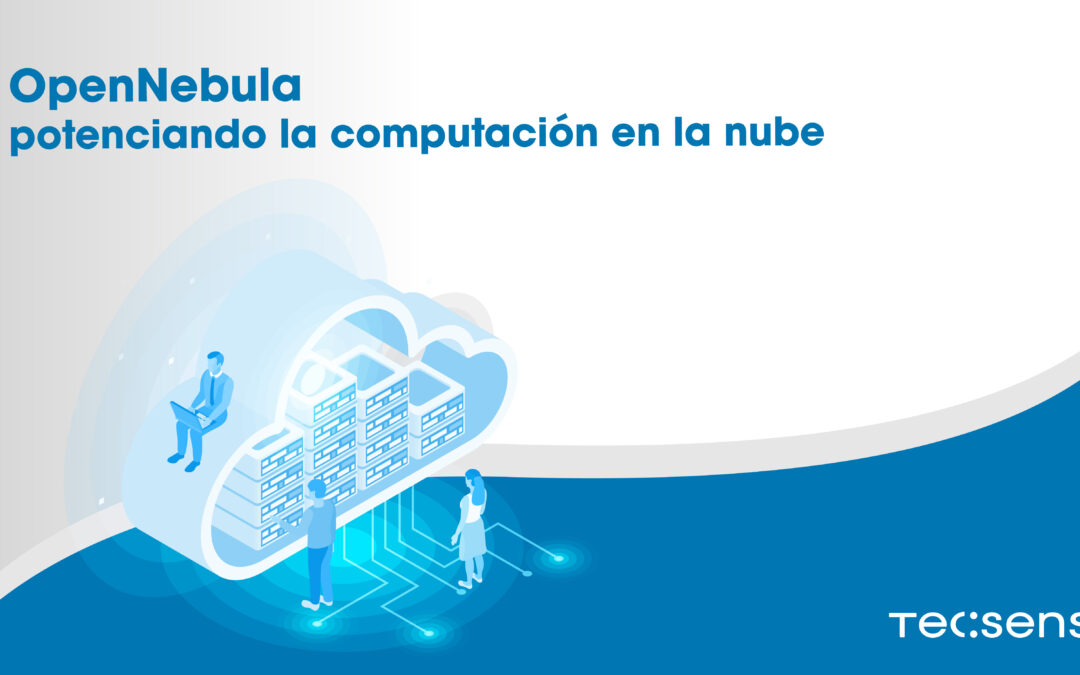The world of computing has undergone a revolution in recent years with the proliferation of cloud computing. Businesses and organizations around the world have adopted cloud solutions to improve the scalability, efficiency, and flexibility of their operations. In this context, a cloud management platform like OpenNebula has emerged as an essential tool for those looking to manage and deploy resources in private, public, and hybrid cloud environments. In this article, we will explore what OpenNebula is powering cloud computing and its main features.
What is OpenNebula?
OpenNebula is an open-source cloud management platform that enables organizations to build, deploy, and manage private, public, and hybrid cloud environments . This solution has become one of the most popular and reliable solutions for managing cloud resources in a variety of environments, from small businesses to large enterprise data centers.
Top 5 Features of OpenNebula Powering Cloud Computing
1. Modular Architecture
OpenNebula is based on a modular architecture that allows users to tailor the platform to their specific needs. The modules include the management layer, hypervisor, and storage, providing unmatched flexibility in cloud deployment and management.
2. Multi-Hypervisor Support
One of the standout features of OpenNebula is its ability to manage multiple hypervisors, including KVM, VMware, Xen, and LXD. This allows organizations to use the virtualization infrastructure that best suits their needs.
3. Software-Defined Storage (SDS)
OpenNebula supports various software-defined storage solutions, making it easy to use scalable and efficient storage. This translates into a greater capacity to handle storage-demanding workloads.
4. Automation and Orchestration
The platform offers powerful automation and orchestration capabilities. Users can define workflows, schedule tasks, and manage resources efficiently, simplifying cloud management and improving productivity.
5. Intuitive User Portal
OpenNebula provides an easy-to-use user portal that allows end users to request and manage cloud resources autonomously. This makes it easier for IT teams and users to collaborate, leading to greater efficiency.




